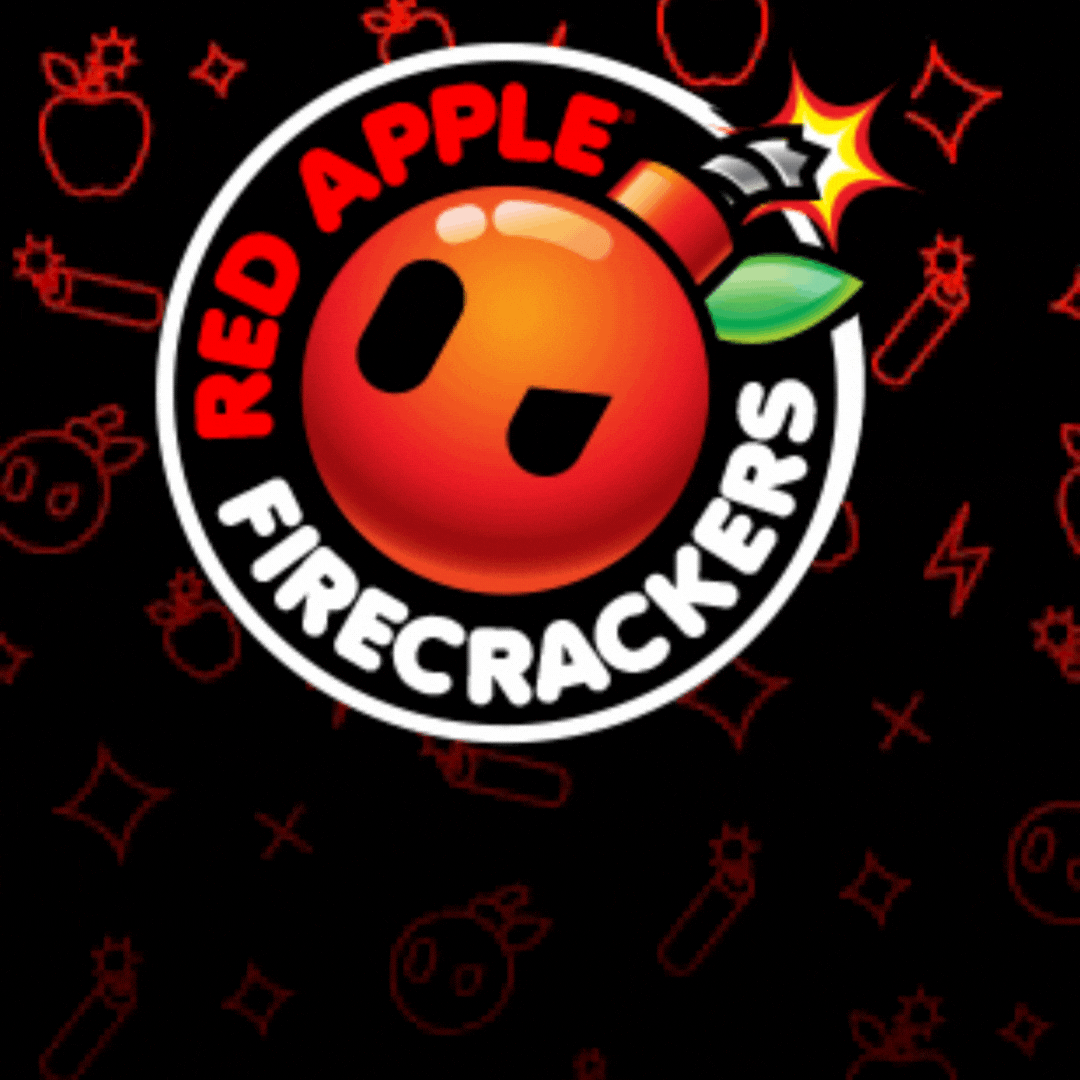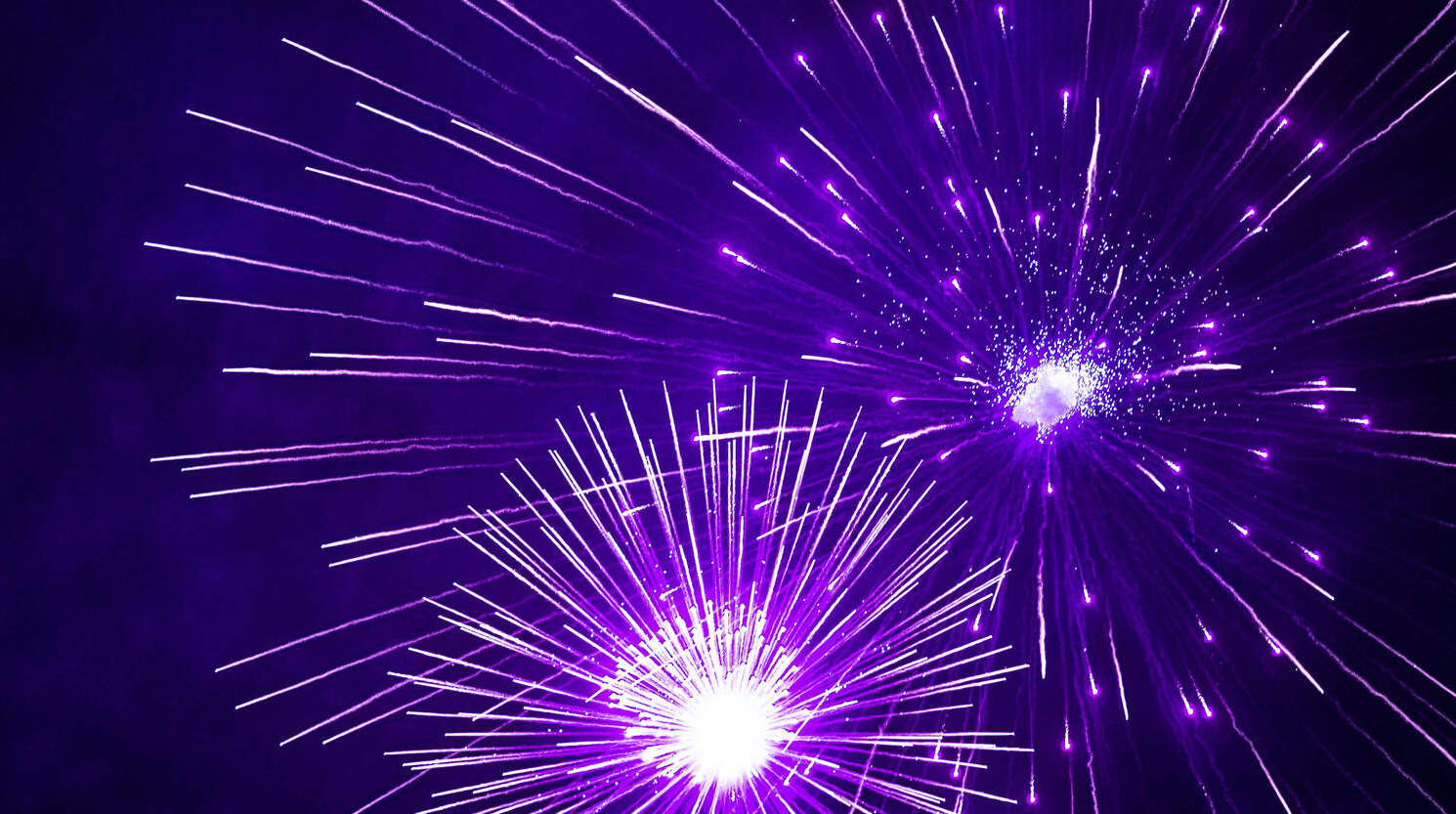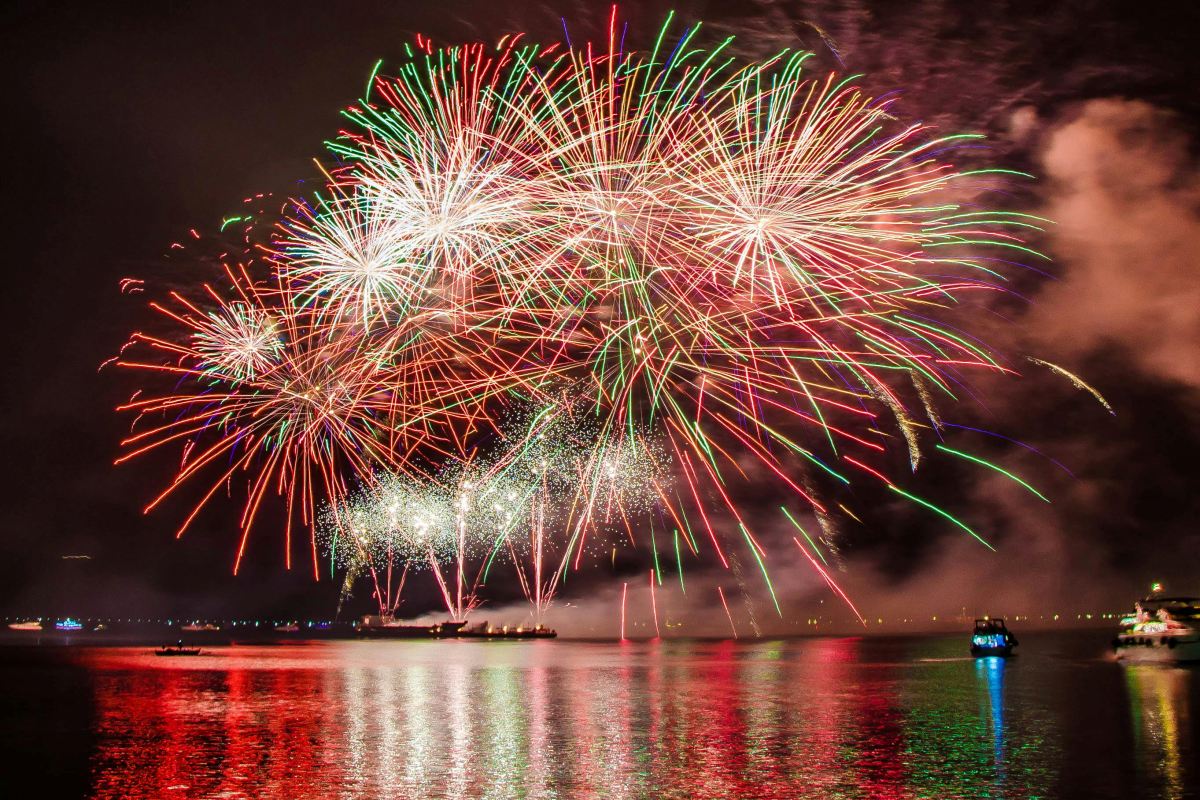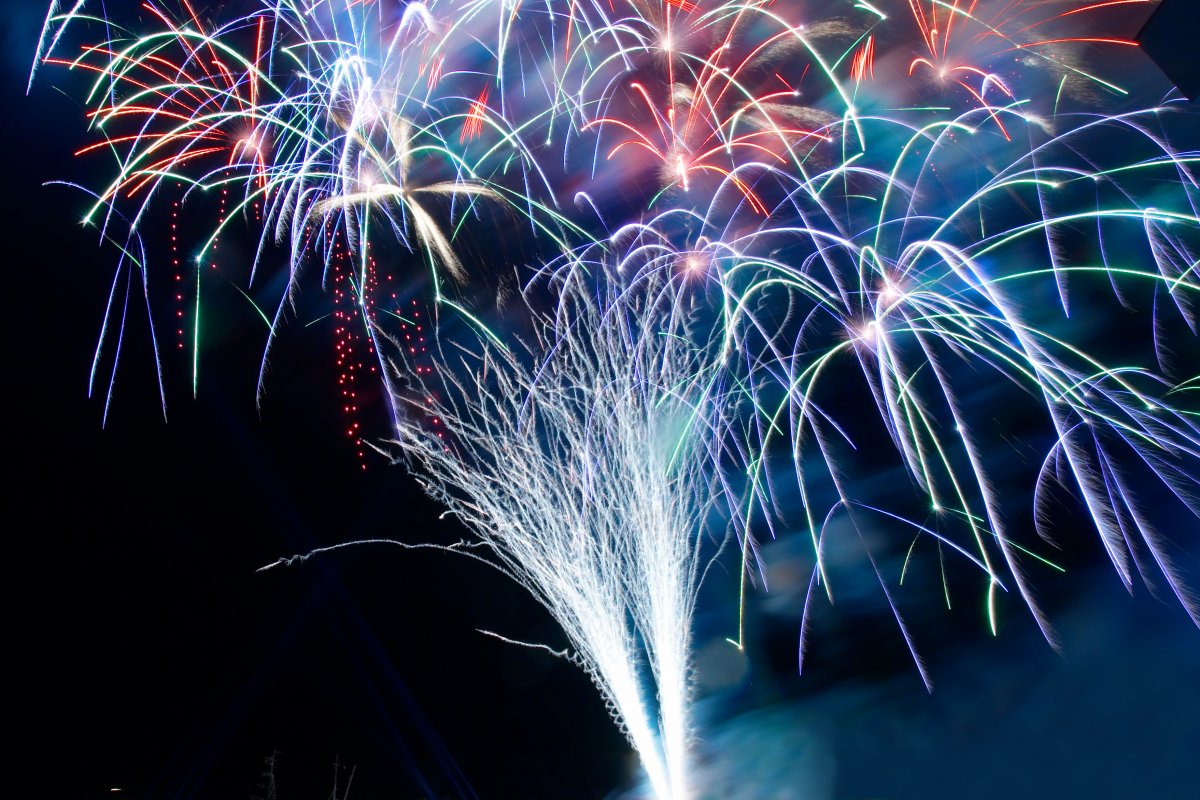Ever wondered how fireworks produce their dazzling colors? It's not just about the pretty hues lighting up the sky—there's a science behind it!
Fireworks get their color through a process involving chemical reactions that happen when the firework explodes.
So, how do fireworks get their color? The short answer is that the color comes from the metal salts and other compounds used inside the firework.
Let's dive into the fascinating world of firework chemistry and uncover what makes each color so stunning!
What this article covers:
- The Science Behind Firework Colors
- Specific Elements and Their Associated Colors
- Challenges in Producing Certain Colors
- Environmental and Safety Considerations
The Science Behind Firework Colors
The vivid colors we see in fireworks are the result of carefully orchestrated chemical reactions, with metal salts playing the starring role.
When a firework explodes, intense heat excites the electrons within these compounds.
As the electrons return to their normal state, they release energy in the form of light—each metal emitting a distinct wavelength that corresponds to a specific color.
For example, strontium produces red, barium creates green, and copper is responsible for blue hues.
Two key processes are at play here: incandescence and luminescence. Incandescence occurs when materials are heated to the point that they glow—think of the warm glow of hot metal.
This contributes to some of the spark and glow effects in fireworks. However, luminescence is the main driver behind firework color.
It allows compounds to emit light without being red-hot, producing cleaner and more vibrant shades.
The temperature at which these reactions occur also plays a crucial role. Each compound has an optimal temperature range where its color appears brightest.
If it burns too hot or too cool, the color can be dull, washed out, or lost altogether. That’s why precision in formulation and ignition is essential to producing the brilliant, saturated colors that make fireworks so mesmerizing.

Specific Elements and Their Associated Colors
Now let's break down some of the specific elements that give fireworks their signature colors. Different metals are responsible for creating the rainbow of hues we see in the sky. Here are some of the key players:
Red: Strontium and Lithium Compounds
When you see a rich, deep red in the sky, you can thank strontium compounds. Strontium carbonate and strontium nitrate are commonly used to produce a vibrant red color.
Sometimes, lithium compounds are used as well, adding a slight variation to the red shades. This is the same element that's used in some street signs and fireworks!
Orange: Calcium Compounds
Orange fireworks owe their color to calcium compounds, specifically calcium chloride. These compounds give off a warm, rich orange color when they are heated.
Calcium helps enhance the color of fireworks and contributes to a beautiful display when used in the right balance with other elements.
Yellow: Sodium Compounds
Have you ever wondered what element will give fireworks their yellow color? That's sodium! Sodium compounds, particularly sodium nitrate or sodium carbonate, produce the bright, sunny yellow color that's so popular in fireworks.
If you've seen a classic gold spark or an intense yellow burst, you can bet sodium is involved in the mix.
Green: Barium Compounds
Barium compounds are the stars behind the green hues we see in fireworks. Barium nitrate and barium chloride, in particular, are used to create the clean, bright greens that add variety to firework displays.
Barium is also responsible for creating the greenish glow in certain types of flares and road safety devices.
Blue: Copper Compounds
What makes fireworks blue? Copper compounds, when exposed to high heat, emit light in the blue part of the spectrum.
This process can be a bit tricky to master, since blue is one of the trickiest colors to produce in fireworks, but when done right, it's one of the most visually stunning colors in the sky.

Purple: Combinations of Strontium and Copper Compounds
So, what element makes purple fireworks? The combination of strontium and copper compounds is what creates that rich purple color.
When both elements are mixed in the right proportions, they combine to give off a beautiful purple hue.
White and Silver: Magnesium, Aluminum, and Titanium
White and silver colors in fireworks are produced by metals like magnesium, aluminum, and titanium.
These metals burn at extremely high temperatures, creating bright white and silver sparks. When you see the shimmering, sparkly effects in a fireworks display, these metals are often the culprits.
Challenges in Producing Certain Colors
While fireworks can produce a dazzling range of colors, there are some challenges in getting certain hues just right.
Difficulty in Creating Vivid Blue Hues
Blue is one of the most difficult colors to produce consistently in fireworks. It requires precise control over the metal salts used and the temperature at which they burn.
Because of this difficulty, blue fireworks are often one of the rarer and more sought-after colors in a firework display.
Getting the perfect shade of blue often requires copper compounds, but their behavior under heat can be unpredictable, making the process a bit tricky for fireworks professionals.
Environmental and Safety Considerations
While we love a good fireworks display, it's important to consider the impact that fireworks have on our environment and health.
Impact of Metal Compounds on Health and Environment
Some of the metal compounds used in fireworks can have a negative impact on the environment and health.
For example, barium and strontium can be harmful if they leach into the soil or water.
Proper disposal and eco-friendly firework technology are becoming increasingly important as the industry works to reduce the environmental footprint of fireworks displays.
Advances in Eco-Friendly Firework Technologies
Fortunately, there are advancements in eco-friendly fireworks that use less harmful chemicals while still producing spectacular displays.
Newer technologies aim to minimize the use of toxic metals and instead rely on compounds that are safer for the environment.
These innovations make fireworks more sustainable without sacrificing the visual impact we all love.
Conclusion
So, how do fireworks get their color? It all comes down to the chemistry of metal salts and compounds.
From the fiery reds of strontium to the deep blues of copper, the magic of fireworks comes from the careful balance of elements and reactions.
At Red Apple Fireworks, we offer a stunning variety of high-quality, professional-grade fireworks that will add that perfect burst of color to your next celebration.
Whether you're gearing up for a special event, planning a family gathering, or just want to light up the night, our fireworks will help create memories that last.
Keen to get your hands on our high-quality, professional-grade, spectacular fireworks for your next celebration?
We're proud to offer our fountain fireworks, as well as our esteemed rocket fireworks collection, designed to make any occasion truly unforgettable.
Ready to take your fireworks experience to the next level? Join our membership and save up to 25%!
When you become a member of Club Red Apple®, you unlock a world of explosive benefits and exclusive savings.
Don't miss out on the chance to access incredible deals and fireworks that will light up the sky with brilliance.
Visit Red Apple Fireworks today and explore our premium selection, ensuring your next celebration is nothing short of spectacular!
If you want to learn more, check out this article below:
- Which Metal Ion Is Responsible for the Red Firework
- When Were Fireworks Invented?
- First American Fireworks
- Facts About Fireworks
- Why Do Celebrate with Fireworks?
- Why Were Fireworks Important in Ancient China?
- How Does a Firework Work?
- What Chemicals Are Used in Fireworks?
- What Minerals Are Used to Make Gold Sparks Fireworks?
- What Three Processes Cause Fireworks to Emit Light?
- What Problem Occurs If the Firework Mixture Is Not Pure?













Leave a comment
All comments are moderated before being published.
This site is protected by hCaptcha and the hCaptcha Privacy Policy and Terms of Service apply.